Phong Nha - Ke Bang National Park
Mother land gives Quang Binh a spectacular and pristine landscape, Phong Nha – Ke Bang national park. It is the harmony of the primeval forest and Son River, along with dry and water grottoes and caves that create a beautiful landscape as a painting.
Phong Nha – Ke Bang National Park lies in the north of the majestic Truong Son range in Quang Binh Province - the central Viet Nam. Covering an area of more than 343,000 hectares (heart zone of 123,300ha and buffer zone of 220,000ha), Phong Nha – Ke Bang situated in Quang Binh, Bo Trach and Minh Hoa districts, is 50km northwest of Dong Hoi City.
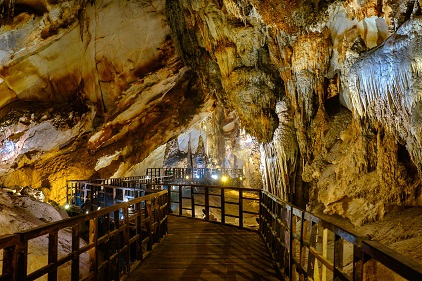
The over 200,000 ha of parkland includes beautiful limestone formations, grottoes and caves, and boasts lush forestland covering 95 percent of the park area. The area is considered a paradise for researchers and explorers of grottoes and caves, and Vietnamese and British scientists have so far surveyed 20 with a total length of 70km. Of them, 17 are in the Phong Nha area and three in the Ke Bang area.
The Phong Nha cave itself which lends its name to the whole system is probably the most beautiful of all, containing many fascinating rock formations, enchanting visitors with evocative names such as Lion, Fairy Caves, Royal Court and Buddha.
Besides the grotto and cave systems, Phong Nha has the longest underground rivers, the largest caverns and passageways, the widest and prettiest sand banks, and the most astonishing rock formations in the world.
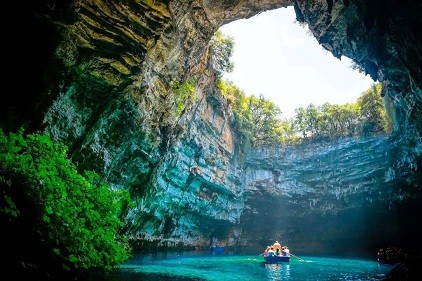
Phong Nha - Ke Bang can be compared to a huge geological museum thanks to its complicated geological structure with different categories of stone including sandstone, quartz, schist, siliceous limestone, granite, granodiorite, diorite, applet, pegmatite, etc. Phong Nha-Ke Bang is the oldest and largest tropical karst formed 400 million years during the main geological periods of the Earth, bearing the original topographic and geologic characteristics. Experiencing major tectonic phases, high mountain ranges and the depressed sedimentary basins were formed. These fluctuations have also contributed to the diversity of geology, topography, and geomorphology.
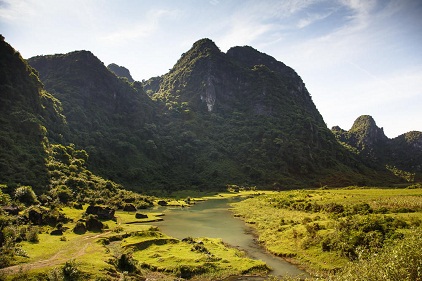
The primary tropical forest itself has many rare tropical plants and trees including 751 species of high-rated plants of which 36 species are endangered and listed in the Vietnam Red Book of native endangered and rare species. The forest is home to 381 species of animals, 66 of which are listed in the Vietnam Red Book. The animal species in the Phong Nha-Ke Bang National Park are more diverse than in other national parks and reserves in Vietnam. Visitors are likely to see Asiatic black bears, macaques, deer, wild boar, gibbons and many birds.

Other attractions within this national park are the mountain peaks, 24 of which are over 1000m high and are still unexplored. They offer great opportunities for eco-tourism, climbing and exploration. Between the Peak Co Preu and the Peak Co Rilata are wonderful unspoilt valleys.
Moreover, the national park has many interesting relics, hieroglyphs, steles, statues and Buddhas which probably belonged to the Cham ethnic minority.
See more
-
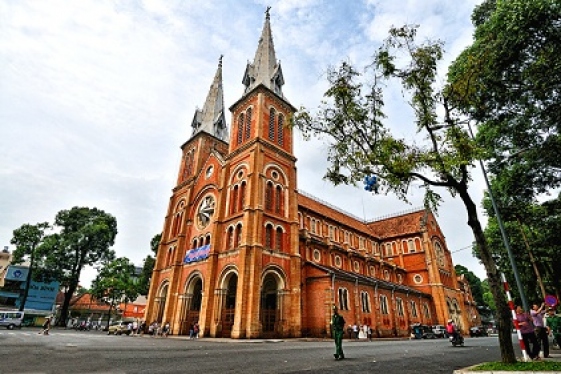
Notre Dame Cathedral in Ho Chi Minh
In a quiet corner of bustling downtown Ho Chi Minh City stands Notre Dame Cathedral, the one remaining stronghold of Catholicism in the largely Buddhist Vietnam.
-
.jpg)
Water Puppet Theatre
Water puppetry is one of typical stage art of Vietnam culture- showing the intelligence, creativeness of people; being specialty of Vietnam’s wet - rice civilization.
-
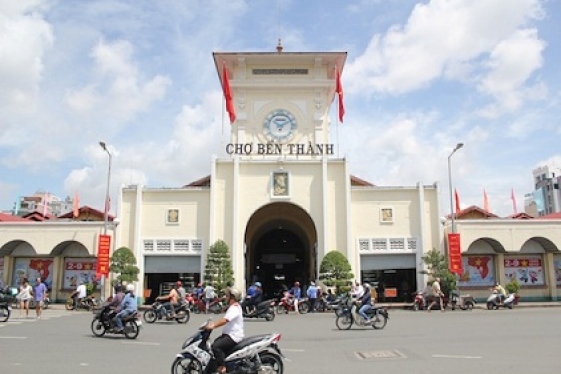
Ben Thanh Market in Ho Chi Minh
Situated in downtown Ho Chi Minh City, bustling Ben Thanh Market in District 1 is a great place to buy local handicrafts, branded goods, Vietnamese art and other souvenirs.
-
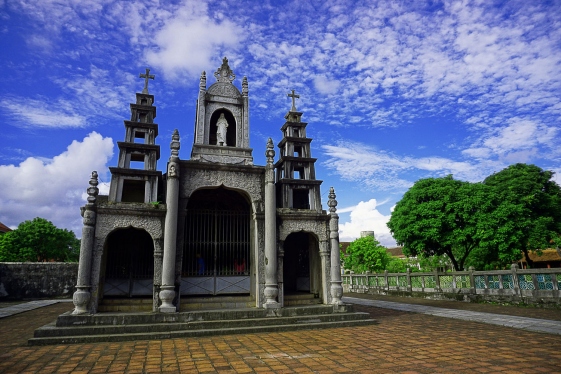
Phat Diem Cathedral
Phat Diem Cathedral is one of the most famous and beautiful churches in Vietnam with special architecture: an elegant combination of Western architectural style and...
-
Bach Ma National Park
With close proximity to both Hue and Danang, Bach Ma national park is simple a cannot-afford-to-miss for nature lovers and especially bird-watching enthusiasts.
-

Tra Que herb village
For tourists who come from big cities and who are curious about the Asian countryside, Tra Que village in Hoi An i s obviously a good choice. One of the great things about...
-
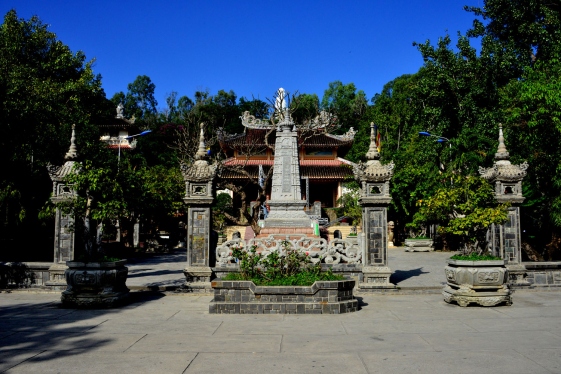
Long Son Pagoda
Long Son Pagoda, also well known as White Buddha Temple (Behind the pagoda is a huge white Buddha seated on a lotus blossom) is one of the most beautiful pagoda with an...
-
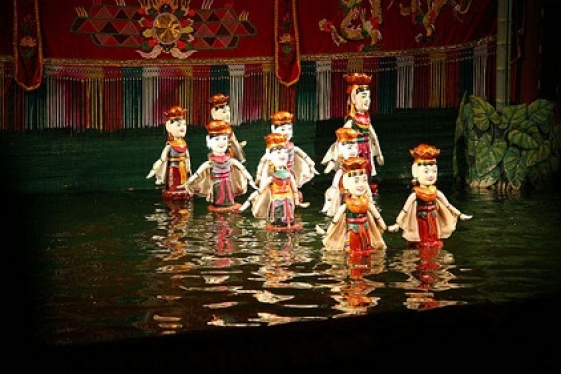
Water Puppet Shows in Ho Chi Minh
Traditional Vietnamese Water Puppet Shows remain one of the cultural draws for most travellers to Ho Chi Minh City.
-
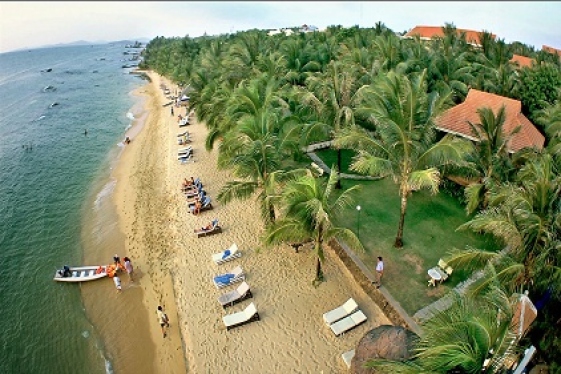
Back beach (Bai Sau)
Back beach in Vung Tau is also known as Thuy Van beach, has a charming landscape, large space, with a wide spread out and fine sand. So the major of tourists traveling to...
-

The Museum of Cham Sculpture in Da Nang
With their roots dating back as far as 192 AD, Vietnam's indigenous Cham people lived an Indian way of life in both culture and language. The Cham Museum in Danang is...
Destinations
Most popular tours
-

Northern Vietnam Discovery
Price from: 330 US$
-
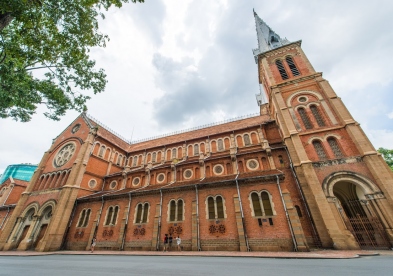
Ho Chi Minh City Tour Full Day
Price from: 35 US$
-
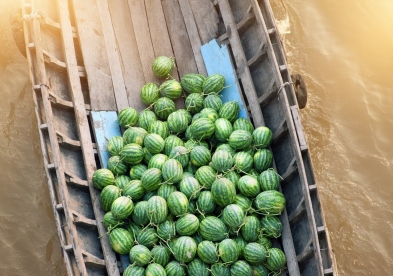
Mekong Delta Tour 1 Day
Price from: 30 US$
-
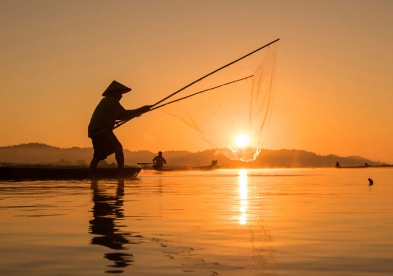
Charm of Vietnam
Price from: 900 US$
Business info
Vietnam Local Guide
- Address: 18th Floor, VTC Online Tower, 18 Tam Trinh Str.,Hai Ba Trung Dist., Hanoi, Vietnam
- Email: info@vietnamguider.com
- Phone: (+84) 0904989890
- Hotline: (+84) 0904989890
.JPG)